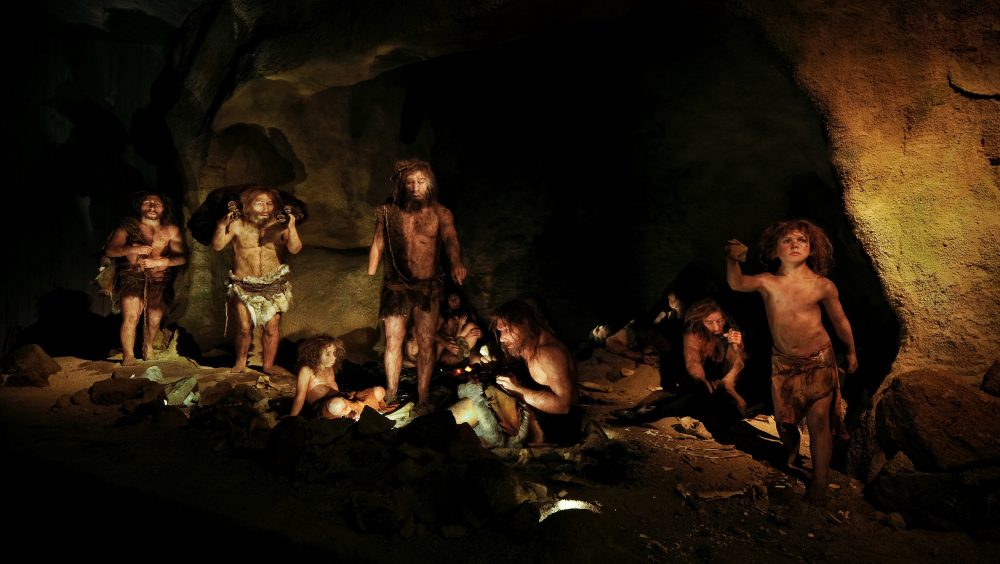Krapina Neanderthal Museum and Site Hušnjakovo
Krapina Neanderthal Museum is located near the excavation site Hušnjakovo, where the world largest collection of Neanderthals fossil bones was found. The site dates back to 125 000 BC and it is one of the most significant paleoanthropological localities worldwide. The permanent exhibition of the Krapina Neanderthal Museum shows the complex story of the origin of life on Earth and it is an excellent context for understanding human evolution.
Krapina Neanderthal Museum is located near the excavation site Hušnjakovo, where in 1899 the world largest collection of Neanderthals fossil bones was found. More than nine hundred fossil bones of Neanderthals and numerous fossil remains of Pleistocene animals (woolly rhinoceros, cave bear, wolf, elk, giant deer and many other ) were found in the cave sandstone deposits. Over a thousand pieces of stone tools witness to the material culture of Krapina Neanderthals. The site dates back to 125 000 BC and it is one of the most significant paleoanthropological localities worldwide.
The permanent exhibition of the Krapina Neanderthal Museum shows the complex story of the origin of life on Earth and human evolution in 18 different thematic units.The world largest diorama of Neanderthal man is the highlight of the museum display. The permanent exhibition contains reconstructions, original fossils and multimedia installations. Visitors from all over the world are attracted by the importance of the site and its impact on comprehension of European prehistory. The main aim of the Krapina Neanderthal Museum is to communicate the world most famous Neanderthal discovery site to European audiences in order to encourage learning and curiosity about human evolution in Europe.
The Krapina Neanderthal Museum is a museum affiliated to the Museums of Croatian Zagorje and its vision and mission statements have taken into account European values. The museum vision aims towards a democratically governed society in which museums continuously contribute to mutual understanding and development through responsible use of natural and cultural heritage.
The responsibility of museums in contemporary society extends to the broader community, national and international environment, particularly in addressing global issues and problems that become locally relevant. This becomes especially relevant for the Krapina Museum and site Hušnjakovo because of its human development theme that can send messages of tolerance and peaceful cohabitation as they both have been deeply rooted in European prehistory. The museum shows how different stages in human evolution do not give ground for any discrimination and how respect of all forms of life has to be encouraged.
The significance of the site is in the mystery of the largest number of Neanderthal human bones found in one place in Europe that opened possibilities for different explanations of the first European inhabitants. Further exploration and comparison with other relevant sites enables scientists to give answers on how human communities used to live in Europe in the Pleistocene period. Visitors from all over the world are attracted by the importance of the site and its impact on comprehension of European prehistory.
